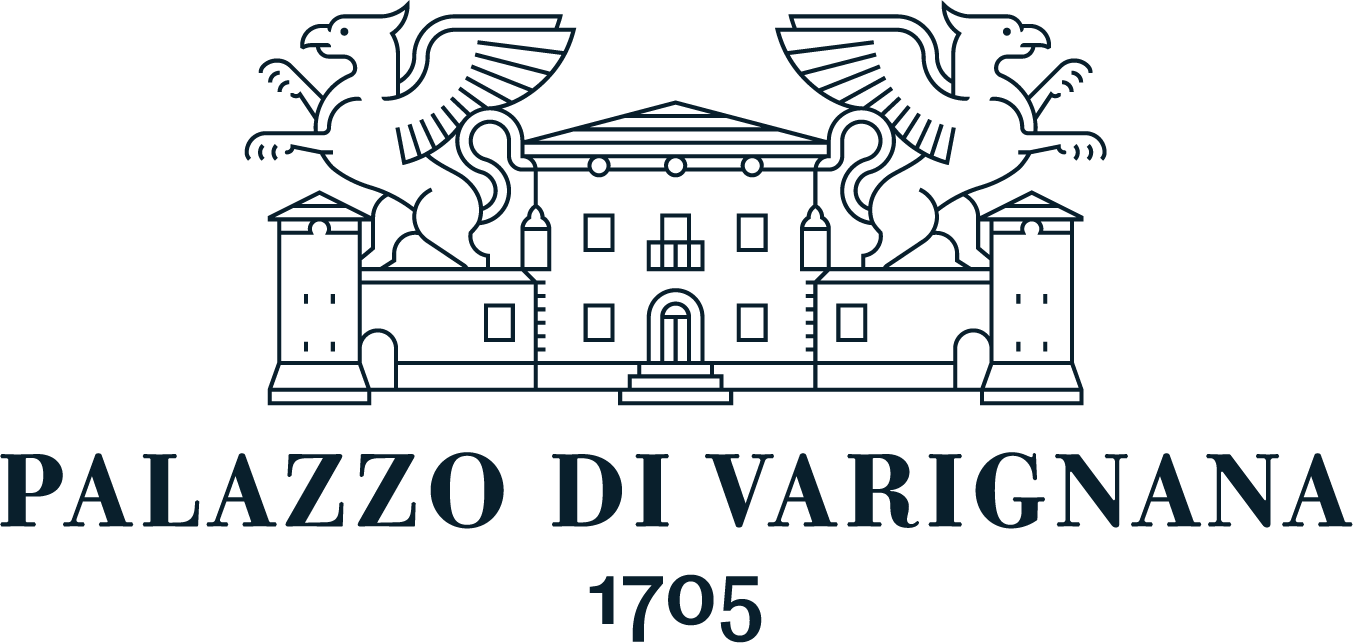Treno Reale - Carrozza Ristorante
A unique historical gem, an icon of an era brought back to life.
A unique historical gem, an icon of an era brought back to life.
The 1920s: roaring times, full of artistic, cultural, and social ferment. It was the era of jazz, Art Deco, and unconventional fashion. It was also the time of steam trains, with which Italy opened up to the world, shortening physical and cultural distances with the rest of Europe. One of these train carriages can now be found at Palazzo di Varignana, thanks to a precise philological reconstruction and meticulous restoration strongly desired by the founder, Carlo Gherardi. The result is a unique artistic gem, adorned with intricate gold leaf decorations crafted by expert artisans and a splendid painting intervention by internationally renowned artist Giovanni Bressana.
Dated 1921 and a prototype of the Royal Train, it was a first-class carriage from the FS Az 10,000 series, used on the most important trains for internal service within Italy. The level of luxury and comfort in this carriage was remarkable, making it one of the most beautiful and functional railway cars in Europe at the time. Much more than just a vintage carriage, it symbolized an Italy open to the world, where international connections replaced long horse-drawn carriage journeys with fast trips made by steam locomotives, pulling carriages furnished with velvet, brass, and fine wood.
The carriage embodies a fantastic era of change that began after World War I when luxury trains reached their peak before succumbing to the blows of the economic crisis, World War II, and totalitarianism
The Locomotive
To complete the historical reconstruction, in September 2024, a locomotive also arrived at Palazzo di Varignana: a series 740, the most numerous Italian steam locomotives, so much so that they were called 'Maestre,' as all Italian steam engineers learned and worked on these locomotives in depots across Italy, from the Alps to the islands. The 740.329 at Palazzo di Varignana, built by the Officine Meccaniche of Milan (OM) with the factory number 722, entered service on March 24, 1921. It initially ran freight and passenger services in Tuscany on lines based in Florence, before moving to Benevento in 1926. In 1928, it was transferred to Romagna until World War II, when it reached the Catania Depot. After the war, it is believed the locomotive worked in Campania, given the numerous overhauls carried out between 1949 and 1967 at the Pietrarsa workshops, which today house the National Railway Museum.
In the early 1970s, the 740.329 was assigned to the Livorno Depot, where it served until 1978, when it was transferred to Cremona for a boiler overhaul. In 1980, it returned to Livorno where, according to the accounts of Arnaldo Vescovo, it was used to train new FS engineers on steam traction. In 1984, it officially ended its active service, remaining as a reserve locomotive for the Livorno rescue train until 1989, alternating at the head of special trains on the most scenic routes in Tuscany.
According to the testimonies of Arnaldo Vescovo, it is highly likely that the last time the 740.329 was fired up was in October 1989 when it was used for a Barilla commercial.



